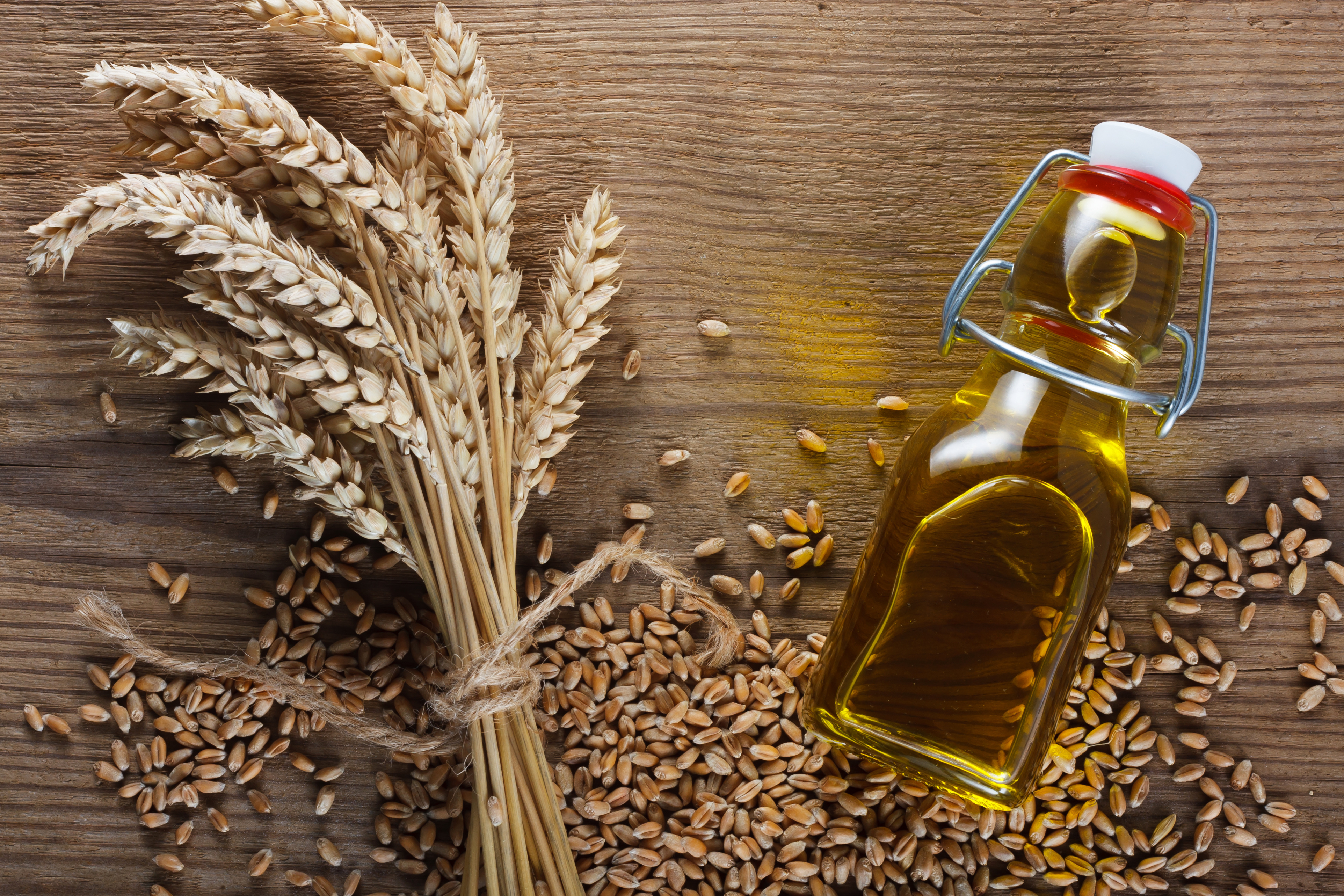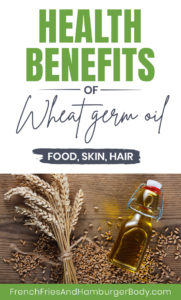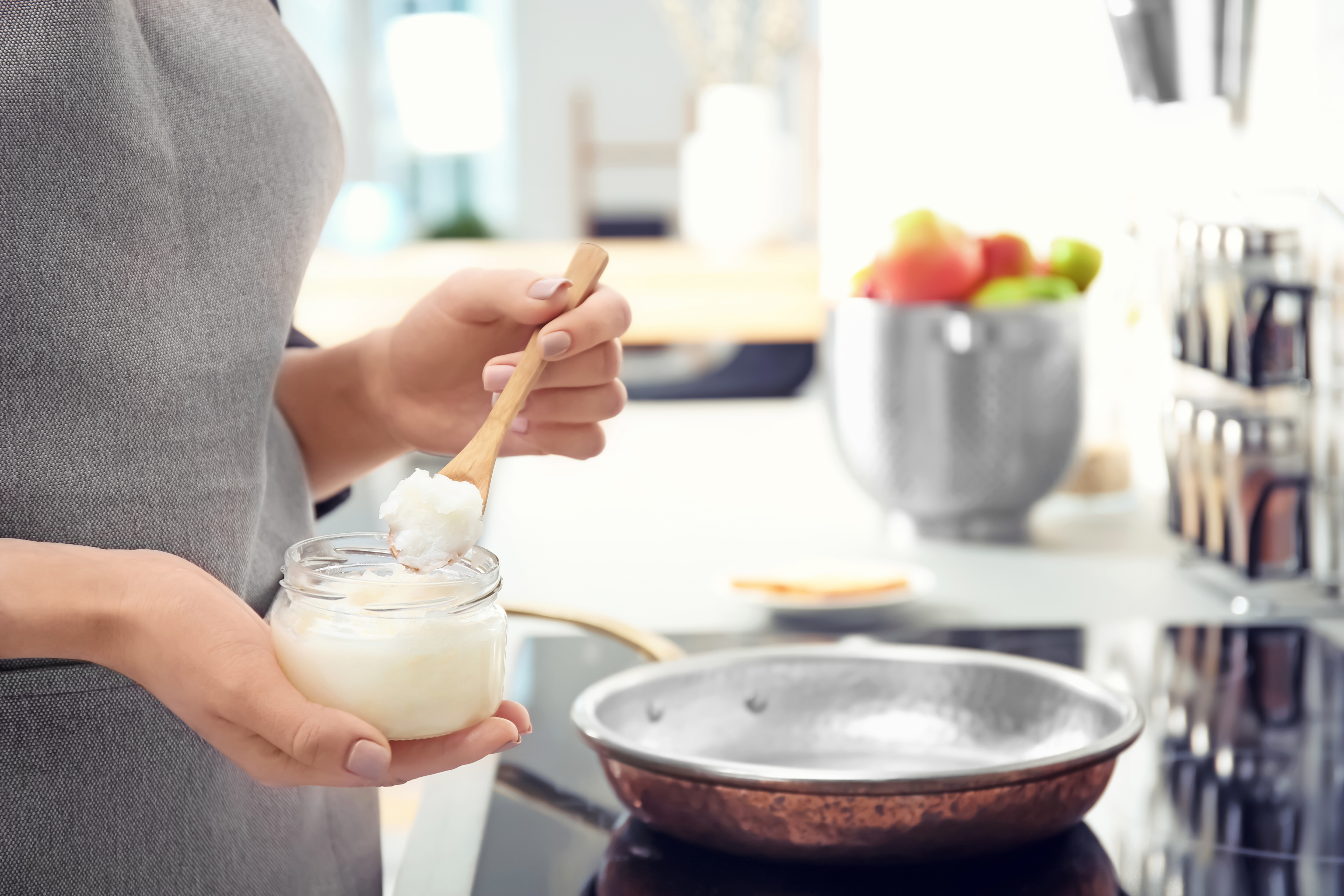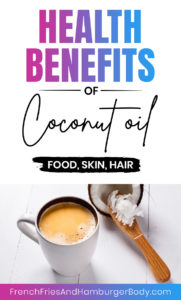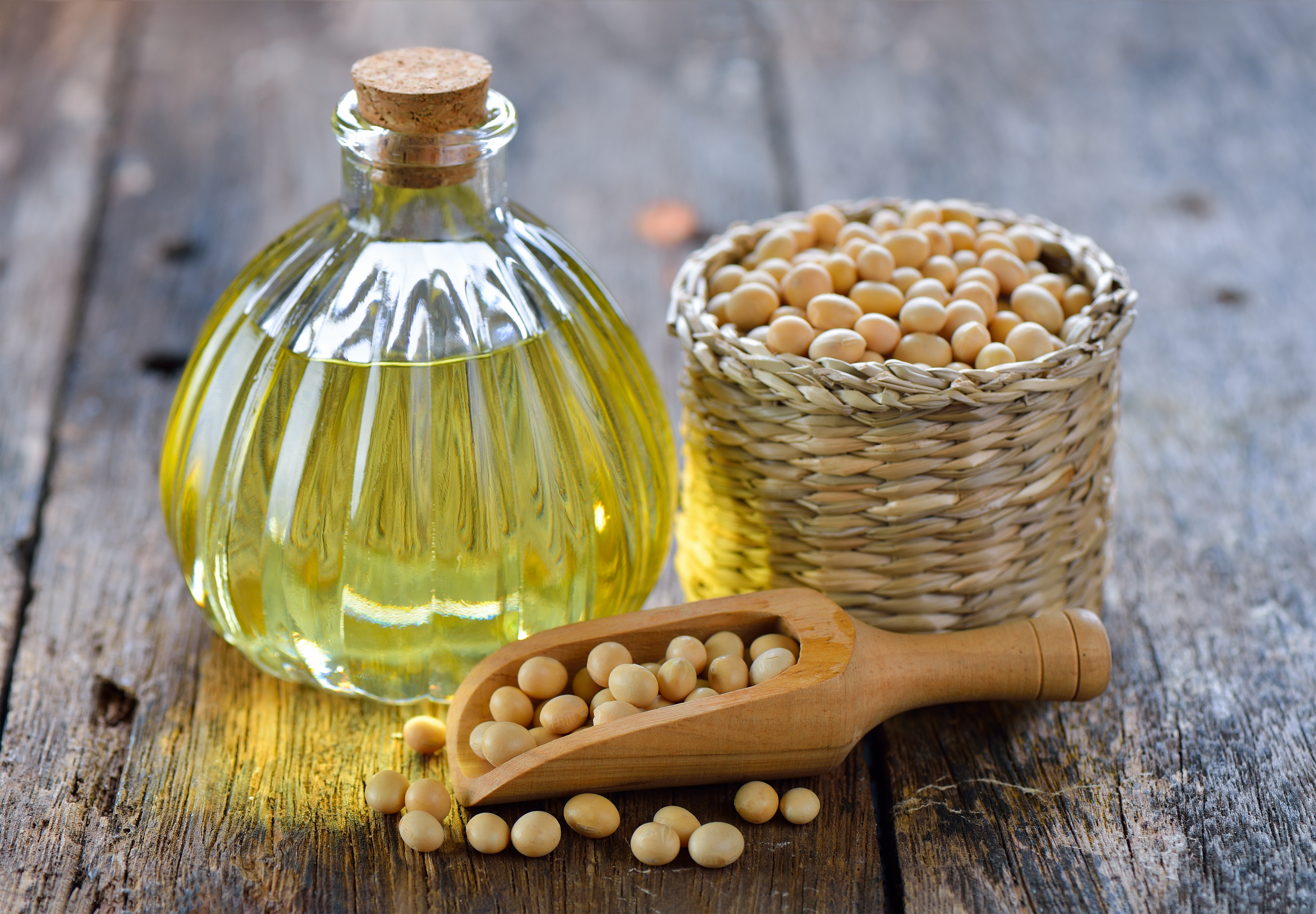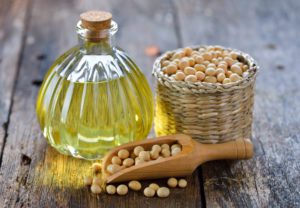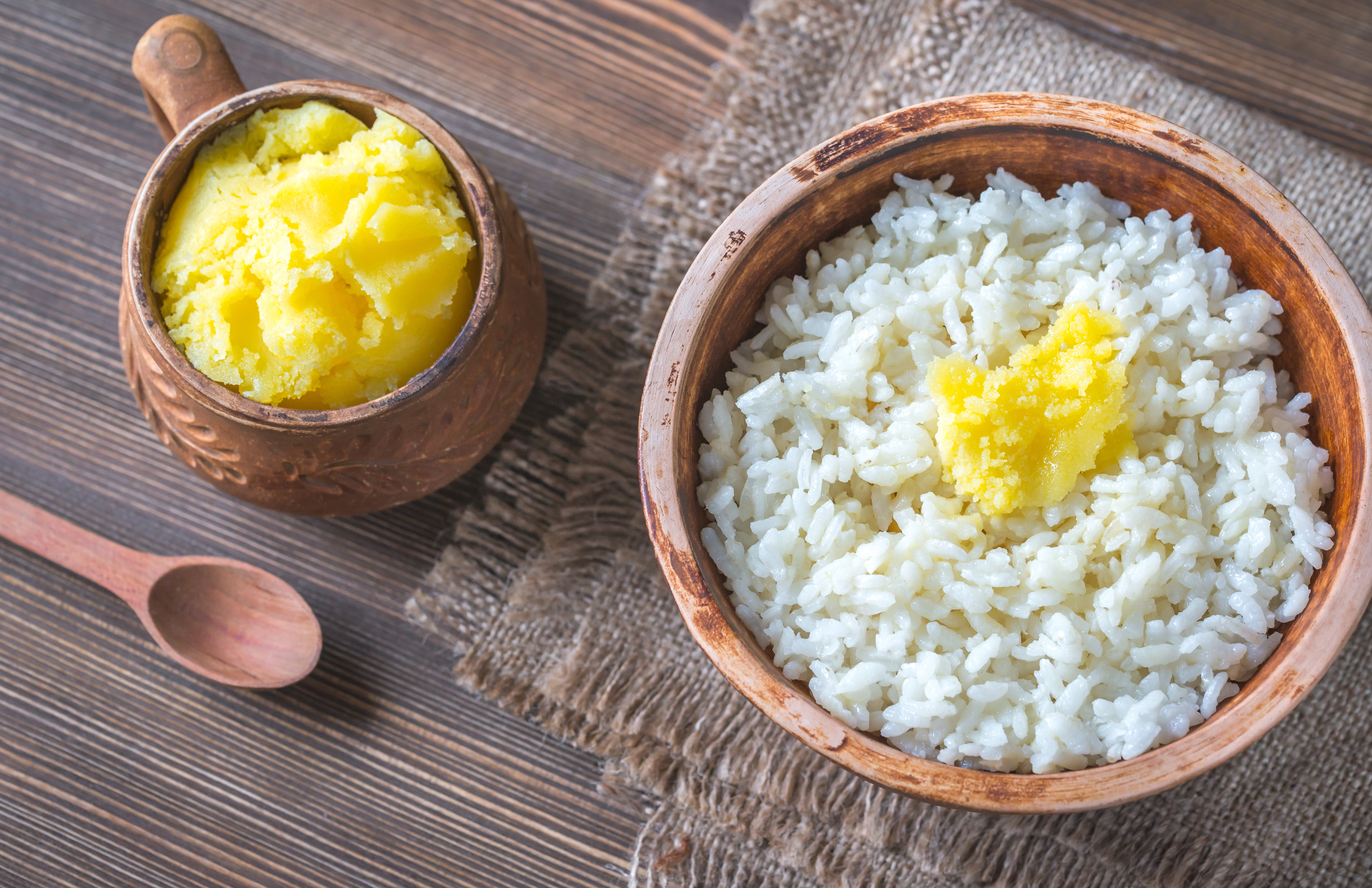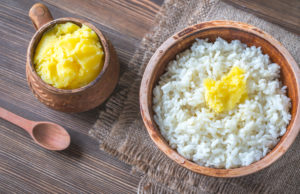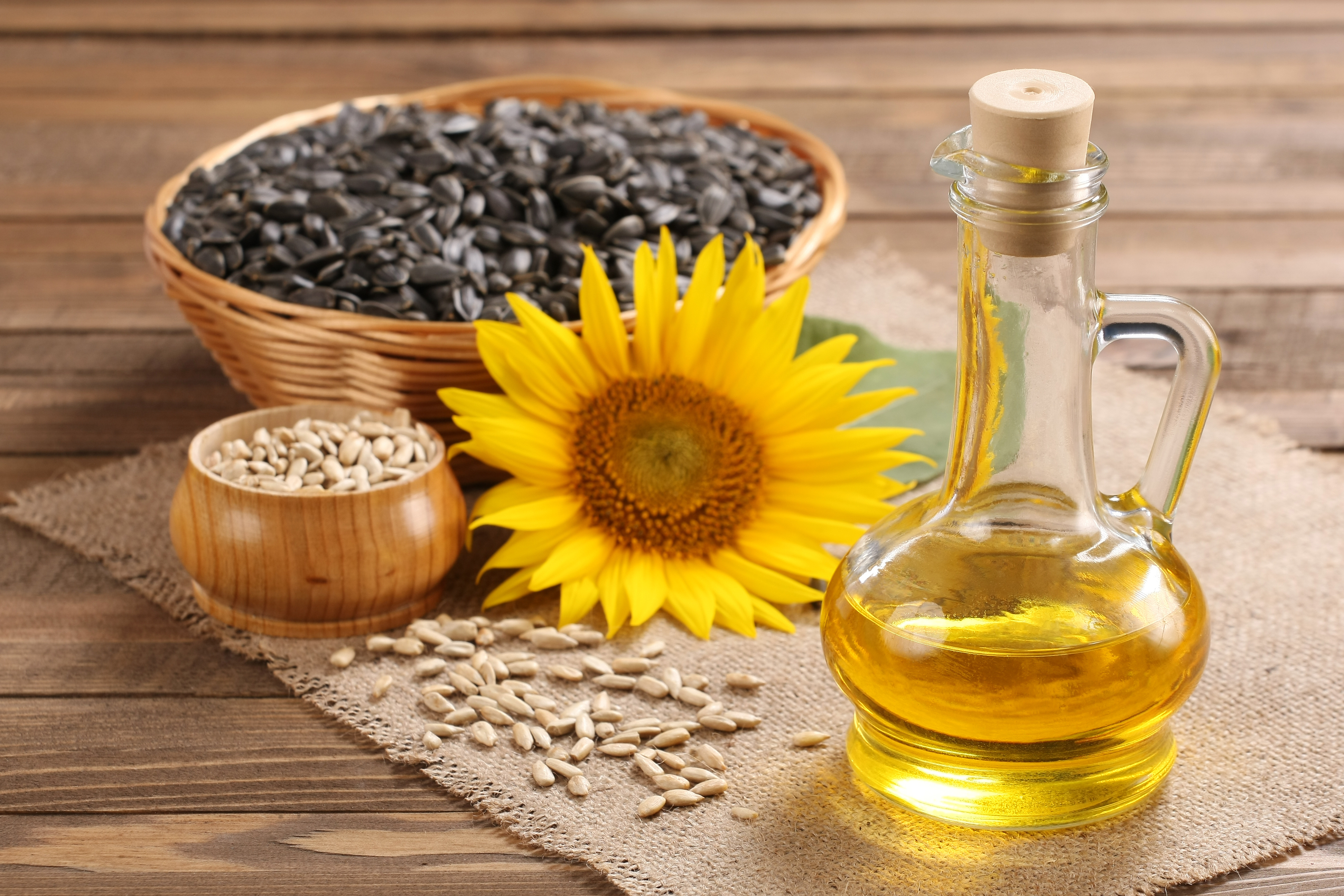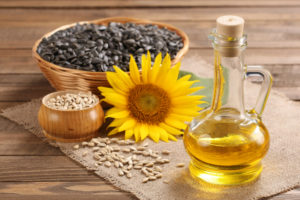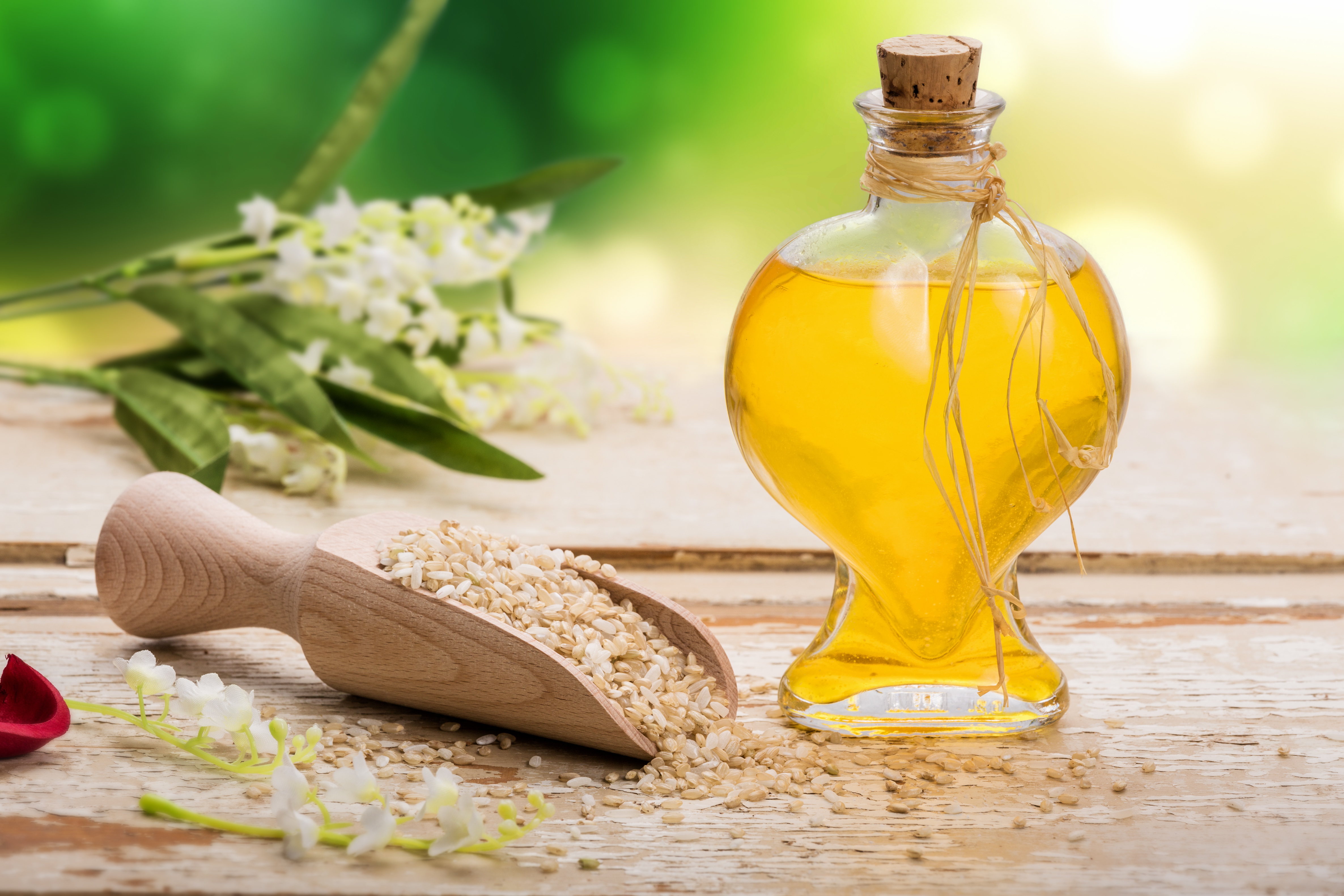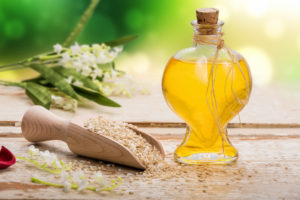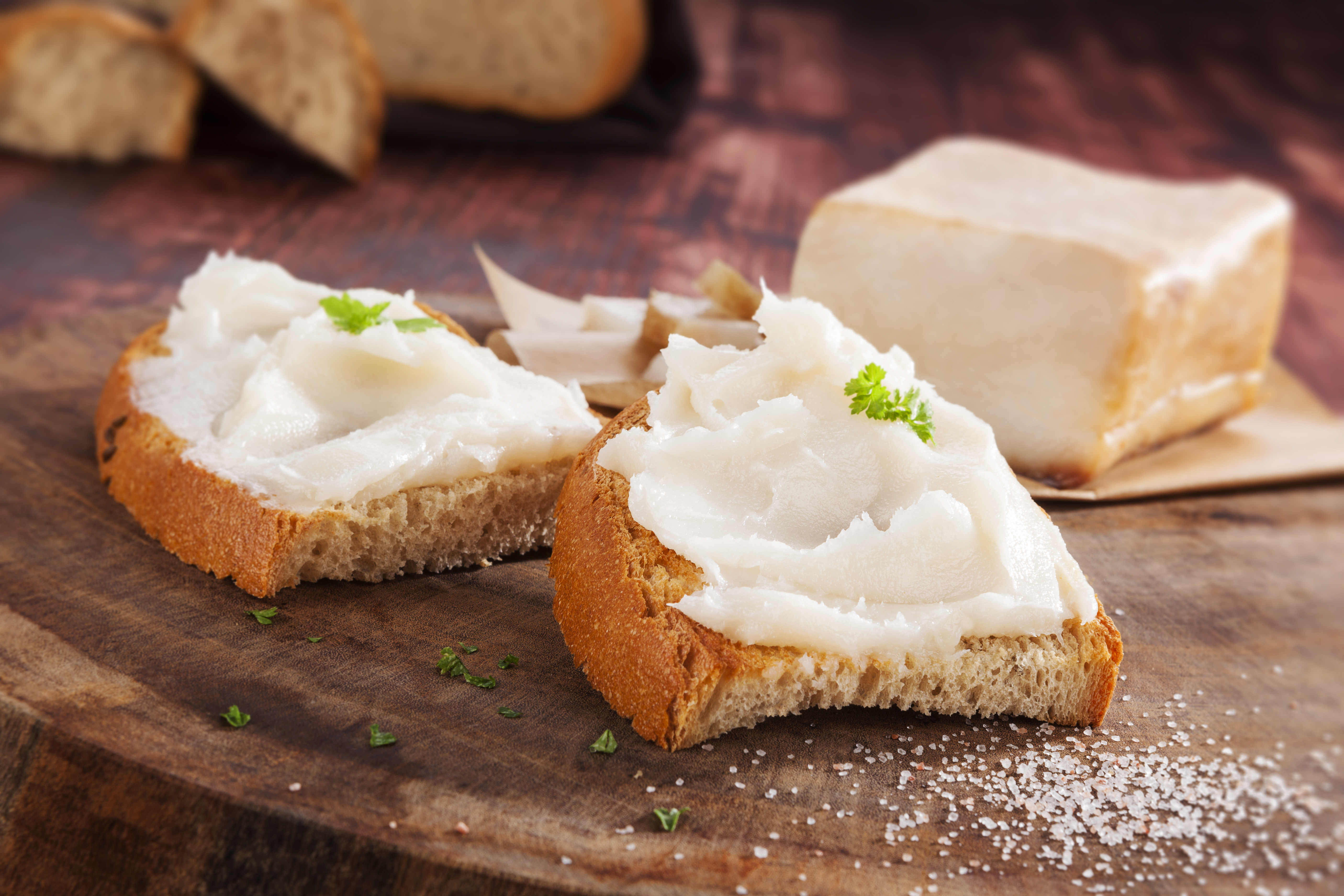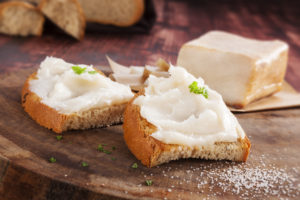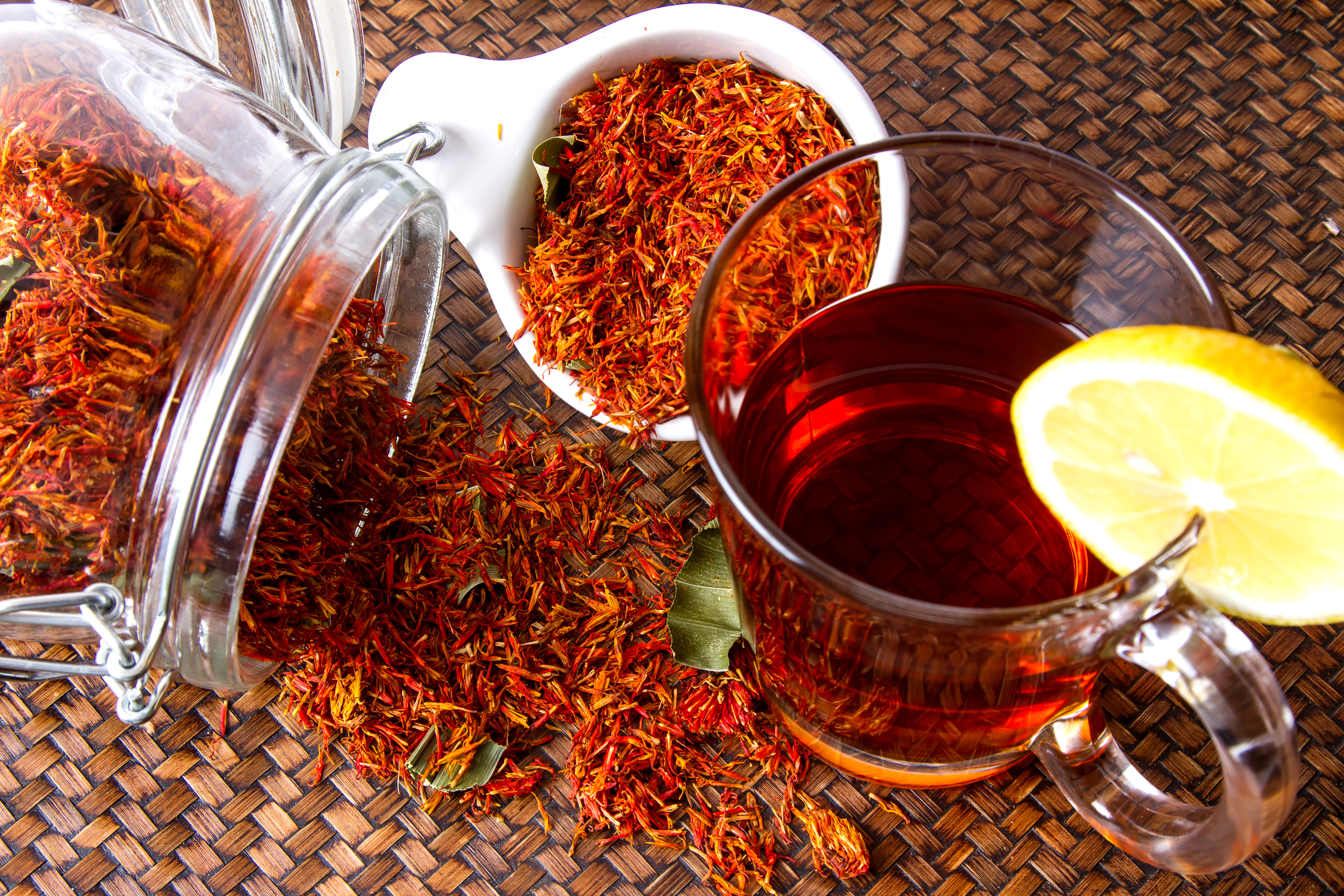
Eliminating fats altogether as a way to meet your weight management goals or lower your cholesterol is not at all healthy because all fats are not the same. Some fats–specifically monounsaturated and polyunsaturated fats–are essential to maintaining brain and cardiovascular health as well as helping you stay lean. Unlike carbs, fats makes you feel full longer.
Most people don’t understand the relationship between food, fat and cholesterol. You cholesterol levels in your blood test is a reflection of the food you eat. The cholesterol in your blood is a result of the fat in the food you eat and the cholesterol your liver produces.
Although your body makes cholesterol you will still need to eat some. Your liver produces about 80% and you should eat about 20%. As long as you are healthy and don’t have liver disease then you liver will produce cholesterol at its regular rate.
If you eat too much fatty foods your arteries will get clogged by too much cholesterol circulating throughout your arteries. However, eating the right kind of fats or oils in the right amounts can clean out the clogged arteries.
There are some fats that are beneficial to your body that your body is not able to make. Your body cannot make Omega-3 fats and therefore you have to eat your Omega – 3 fatty acids in the form of fish, nuts, oils, flaxseed and leafy vegetables.
Here are ten nutritional oils and fatty acids to consider incorporating into your diet. The first nine are recommended in an article published by Food Technology, the journal of the Institute of Food Technologists.
Omega-3 Fatty Acids
Studies have already demonstrated the beneficial effects of omega-3 fatty acids in wild salmon, sardines, and other oily fish. Omega-3 fatty acids are linked to proper brain development, lower risk for developing depression and dementia, as well as keeping the eyes and cardiovascular system in tip-top shape.
Pinolenic Acid
Pinolenic acid is loaded with unsaturated long-chain fatty acids, which curbs your appetite by stimulating the body’s hunger suppressants and makes you feel fuller. This weight-loss promoting fatty acid is found only in pine nuts and the oils made from them. Siberian pine nuts contain up to 27 percent pinolenic acid, while Korean pine nuts have pinolenic acid content in ranges that peak at 20 percent.
Conjugated Linoleic Acid
You may be able to manage your weight through moderate intake of conjugated linoleic acid (CLA), which reduces body fat and elevates lean body mass. Aside from CLA supplements, there are foods that normally contain this fatty acid. Eggs and dairy from grass-fed cows are two examples.
Fish Oil
There is a solid reason why regular consumption of oily fish is highly recommended by health professionals. Fish oil spans the gamut of beneficial effects, including support and promotion of cardiovascular, cognitive, and neurological health.
Flaxseed Oil
Regular consumption of flaxseed oil is an effective way to achieve the required balance of three essential polyunsaturated fatty acids, omega-3, omega-6, and omega-9. Among the manifold health benefits of flaxseed oil include reduced inflammation, lowered risk for breast cancer, as well as prevention of chronic diseases like arthritis and heart disease.
Hemp Oil
Like flaxseed oil, hemp oil offers a balanced proportion of omega-3 and omega-6 fatty acids. Hemp oil is also a viable source of powerful antioxidant vitamin E. Studies have shown the beneficial impact of hemp oil intake, including improved cardiovascular function, strong immune system, and reduction in the aesthetic effect of skin aging.
Canola Oil
Derived from rapeseed, canola oil is one vegetable oil you might consider using in moderation. It is considered heart-healthy because it is low in saturated fats and rich in polyunsaturated fats. Studies have also shown the effectiveness of canola oil at controlling blood sugar levels among people with type 2 diabetes.
Soybean Oil
When choosing the type soybean oil to use, consider opting for high-oleic soybean oil because it delivers thrice the usual amount of healthy monounsaturated fats and has a low level of saturated fat. Consumed in moderation, high-oleic soybean oil supports good cardiovascular health and immune system as well as reduces the risk for developing osteoporosis and Alzheimer’s disease.
Coconut Oil
Your diet can use some fragrant and flavorful coconut oil now and then. This healthy fat has been associated with enhancing skin elasticity and dental health, as well as boosting energy levels.
Olive Oil
Like omega-3 fatty acids, there is just no way to ditch this heart-healthy staple of the Mediterranean diet. Study after study has linked regular intake of extra-virgin olive oil to the reduction of risk for Alzheimer’s disease, brain cancer, and breast cancer.
On a whole, know which oils and fats to avoid.
Common in processed foods, trans fats such as partially hydrogenated oils must be avoided like the plague because of their potentially deadly artery-clogging effect. The same is true for most animal fats, which contribute to elevating bad cholesterol level, among other negative health results. On top of your regular consumption of oily fish, consider selecting plant-based oils and fats for the most part.
Monounsaturated and polyunsaturated fats are healthy and must be consumed regularly and in moderation. Aside from the ones listed above, other widely available food sources for the latter two types of healthy fats include avocados, peanut butter, sesame oil, sunflower oil, nuts, and seeds.
Page 1

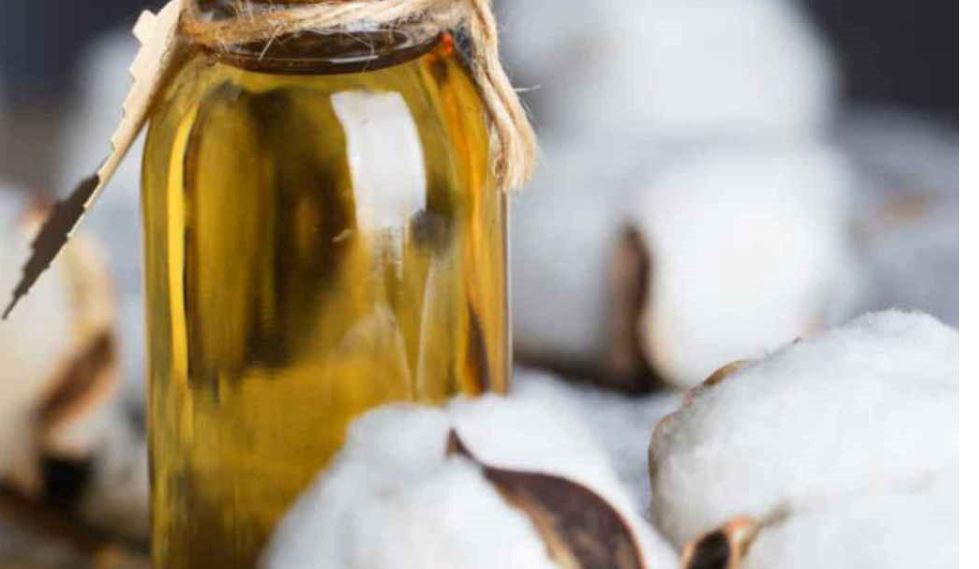
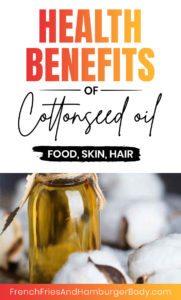 When you think of cooking oils, the first thing that comes to your mind is a vegetable oil, or olive oil, and so on. If you have high cholesterol, you then want to know if it’s health. But there’s one more oil that we would like to introduce to you that comes from something that is already a part of your daily life.
When you think of cooking oils, the first thing that comes to your mind is a vegetable oil, or olive oil, and so on. If you have high cholesterol, you then want to know if it’s health. But there’s one more oil that we would like to introduce to you that comes from something that is already a part of your daily life.